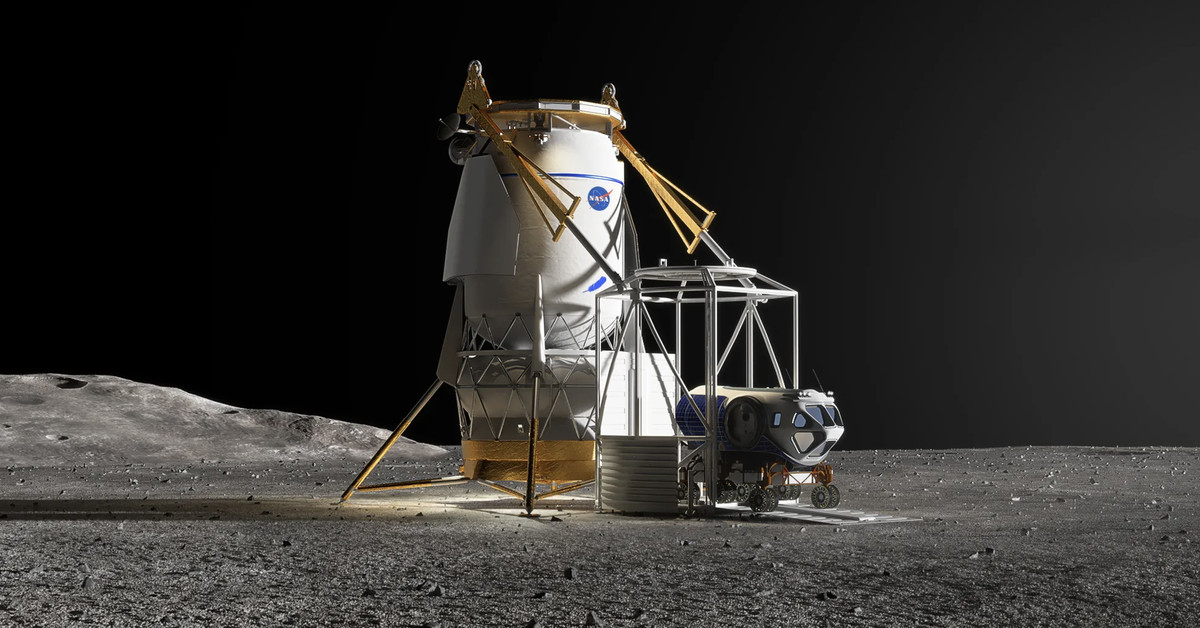/cdn.vox-cdn.com/uploads/chorus_asset/file/25745281/nasa_blue_origin_lander.png)
The agency wants Elon Musk’s SpaceX to use its Starship cargo lander to deliver a pressurized rover to the Moon “no earlier” than 2032, while Jeff Bezos’ Blue Origin will be tasked with delivering a lunar surface habitat no sooner than 2033. Both launches will support NASA’s Artemis missions, which aim to bring humans back to the Moon for the first time in over 50 years.
Both companies are developing human landing systems for Artemis missions — SpaceX for Artemis III and Blue Origin for Artemis V. NASA later asked both companies to develop cargo-hauling variants of those landers, capable of carrying 26,000 to 33,000 pounds of equipment and other materials to the Moon.
NASA says it will issue proposals to SpaceX and Blue Origin at the beginning of next year.
“Having two lunar lander providers with different approaches for crew and cargo landing capability provides mission flexibility while ensuring a regular cadence of Moon landings for continued discovery and scientific opportunity,” Stephen D. Creech, NASA’s assistant deputy associate administrator for the Moon to Mars program, said in the announcement.
Services Marketplace – Listings, Bookings & Reviews
